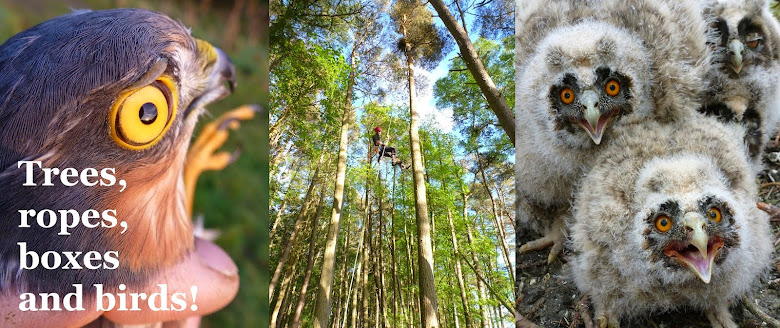Found this knot out walking on the moor

Knots are brilliant. Like having an entire toolbox in one length of cord: each knot does very specific things. Here is a very cool place for learning new ones! Gave up trying to ID this one.

This blog is about my passions, climbing trees and studying birds. Most are of my own local and licensed bird monitoring, including ringing birds under license. And tree climbing adventures, sharing the magic for when you are stuck in the office and need a spot of day-dreaming to help you through! Thanks for looking and feel free to ask questions. For my day job I run Wild Tree Adventures taking people high up into the canopy.








